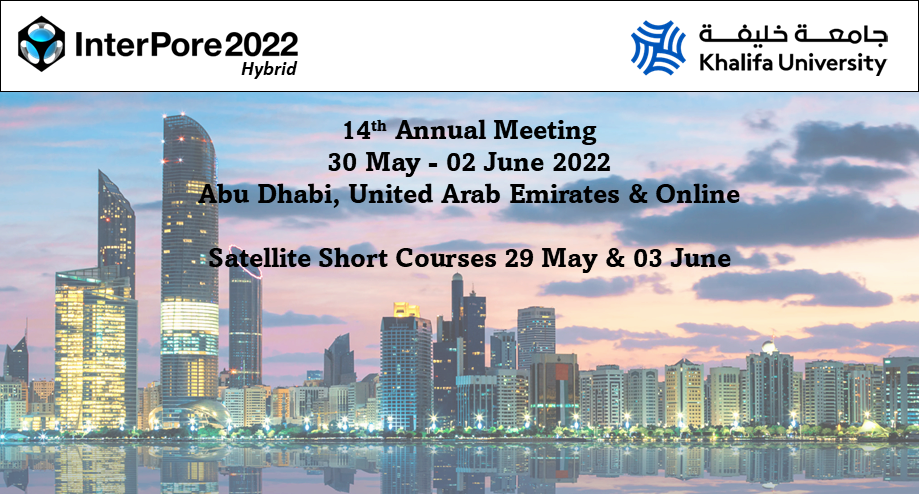Speaker
Description
Enhance Oil Recovery (EOR), especially Chemical EOR (CEOR) methods are applied to extract by-passed or capillary-trapped oil from subsurface formations. These methods have the potential to reduce the carbon intensity of the produced oil and therefore will play important role during energy transition. Water-soluble polymers with non-Newtonian behavior are usually added to water to increase the viscosity of the displacing fluid and hence to obtain a more favorable mobility ratio between the displacing phase and the in-situ oil. Ideally, the concentration or mass of the injected chemicals should be minimized while the oil recovery should be maximized to obtain a favorable chemical utilization factor (kg-c/bbl), a proxy for economic evaluation of the process. Moreover, the success of polymer EOR projects depends largely on the propagation of the injected polymer to maintain the mobility control at the displacement front. This is in turn determined by the retention of the polymer governed by physical adsorption and mechanical entrapment.
In this modelling study, we focus on polymer trapping and adsorption in porous media using pore-network modelling. In the model non-Newtonian fluid properties as well as adsorption characteristics are used to simulate the flow and transport of polymeric solutions in porous media. The pore-scale modelling offers a better understanding of fluids rheology, viscosity, thermostability and flow diversion. We observe that the ratio between the size of the pore and the polymer molecule and the wetting state of the porous medium are essential parameters in propagation of the polymer. In a water wet system, the polymer molecules block the smallest pores in the medium. With injection of sufficient amount of polymer, an area of the medium becomes inaccessible to the polymer solution, which is beneficial because the small pore contain water rather than oil. On the other hand, by exclusion of a fraction of the injected polymer the concentration of polymer at the front decreases, which results in viscosity loss. The results of our simulation can be used in design of polymer injection processes to obtain a favorable polymer utilization factor.
| Participation | Online |
|---|---|
| Country | United Kingdom |
| MDPI Energies Student Poster Award | Yes, I would like to submit this presentation into the student poster award. |
| Time Block Preference | Time Block A (09:00-12:00 CET) |
| Acceptance of the Terms & Conditions | Click here to agree |









